Levelling up the public relations profession
Public relations requires hard work in schools, recruitment and training, to address socio-economic diversity.
I can pinpoint the moment that I got my break in a career in public relations. It was in an office in Slough in 1994.
Jonathan Simnett, Stan Woods, and Mike Copeland interviewed me for a role at a technology agency called A Plus. It was an interview like no other during which I was challenged about my views about media, society, and business.
A Plus and its rival Text 100 in White City, London, are responsible for developing a generation of talent in the modern UK public relations industry. The two agencies benefited from the boom in computing, software, and networks in the 90s, and rewarded employees with above market rate packages.
A Plus was exceptional for its time in hiring based on ability ahead of any other attribute or characteristic. How else would a working-class engineering graduate from the North West get the opportunity to work for the technology companies that built the internet?
I benefited from a state education and council grant to attend university, prior to student fees. A Plus kickstarted my career but government policy in the 1980s was firmly responsible for my education.
It wasn’t just the recruitment policies at A Plus that were different from much of the rest of the industry. The agency was also unusual for its management training scheme focused on craft, technology, management, and professionalism. It was one of the first companies in the UK to receive an Investors in People award.
Almost 30 years later the recruitment and management principles that were standard practice at A Plus are among recommendations contained in a CIPR research report published this week to level up the UK public relations industry.
Levelling Up the Public Relations Profession by Stuart Baird at Baker Baird and Elizabeth Bridgen at Sheffield Hallam University, finds that when the industry talks about diversity it gravitates towards race, gender, sexuality, disability, and protected characteristics, and ignore issues such as geography, social class, accent, and education. It also ignores intersectionality.
The PRCA 2020 Census identified a fifth of the 97,300 practitioners that work in the industry attended a fee-paying school versus seven percent of the population. That’s an employment gap of practitioners from a lower socio-economic background of almost 13,500. It’s a crude approximation that almost certainly underestimates the issue.
A recurring theme in my own research is the failure of the public relations industry to learn from the past. Diversity in public relations team was established as a requirement for best practice by the Excellence Study in the 1990s.
Public relations researchers Elizabeth Bridgen and Prof Lee Edwards at the London School of Economics have both written about the client or management power dynamic in public relations that has led to a lack of diversity in practice. The issues that give rise to the lack of diversity in public relations are well known.
Sarah Waddington CBE and I founded Socially Mobile after Sarah identified the the lack of socio-economic diversity in the public relations profession as President of the CIPR in 2018.
Socially Mobile supports practitioners from socio-economic backgrounds, as well as under-represented and under-served groups including ethnic minority practitioners, the LGBTQ+ community, women returners, and those with disabilities.
The ten-week programme supports practitioners aspiring to a management role, returning to work, moving into a new role, or considering starting their own public relations business.
In its first year Socially Mobile supported around 50 students. We’ll publish an Impact Report in the next few weeks, but we’re committed to doing the same every year.
A further intervention identified by the CIPR paper is creating awareness of public relations as a career in schools. The PRCA has an active apprenticeship programme, however the CIPR and PRCA relationship with Career Ready started in 2018 appears to have lapsed. It needs to be urgently revisited.
In the meantime, I’m grateful for the opportunity that Jonathan Simnett, Stan Woods, Mike Copeland, and A Plus founder John Aeberhard gave me. Thank you.
